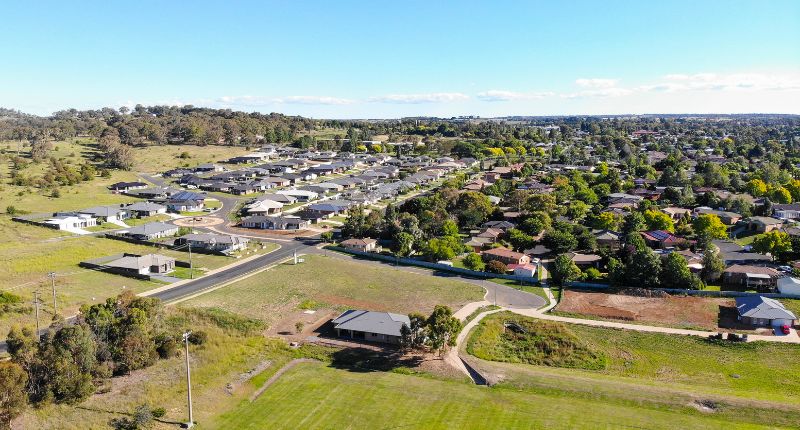
- Investor interest wanes in regional Australian commercial real estate market.
- COVID-19 triggers investment surge, followed by decline due to interest rates.
- Queensland leads regional market; industrial assets stand out post-pandemic.
Investors are losing interest in regional Australia’s commercial real estate assets, according to Ray White’s head of research, Vanessa Rader.
There has generally been considerable investment in commercial real estate outside of the usual urban areas. Local private investors formed the bulk of buyers, while trusts and funds focused on the larger regional centres, she noted.
Recent years have brought about increasing investor interest in these regions. Particularly, the sudden drop in interest rates brought about by COVID-19 saw investments intensify in the regions from a relatively unchanging average commercial turnover of $9.98 billion to an investment activity peak of $16.41 billion in 2021.
Nonetheless, the rising interest rate environment has caused a sharp reversal in investment activity.
The initial pandemic boom in regional investment
All asset classes enjoyed healthy levels of investment, with retail being the top choice, followed by industrial and office. First-time buyers and investors looking to maximise their returns in an environment typified by declining capitalisation rates were allured by the affordability of smaller strip shops and industrial units.
Moving up the risk curve into regional markets was commonplace with interstate interest high by private investors and syndicates as buyers sought out returns rather than traditional property fundamentals.
Commercial investment into regional markets

Thus, investments into unorthodox ‘other’ category assets grew in 2021 and 2022, with 2021 recording a 21.96% increase when compared to 2020, with healthcare facilities, childcare centres, and service stations being exceedingly popular.
Queensland is the number one choice for regional investors
Regional investors have flocked to Queensland due to its strong population growth and assortment of major centres, especially along the coast. Over the past decade, investment averaged 39.06% of total turnover. Even though their transaction volumes have been sluggish in 2023 to date, Queensland’s activity has grown to more than 40%.
Other markets also received more investment interest, resulting from the increase in interstate migration. Western Australia and South Australia experienced record growth during the pandemic, with industrial assets being a primary attraction.
Investors looking for high-yielding investments were drawn in by the low prices in interstate locations like Tasmania, where investments grew from 2015’s previous high of $387.2 million, to $557.88 million in 2021.
Queensland is home to the favourite regional markets

The road ahead
The recent increases in interest rates have drastically reduced activity in the smaller commercial property markets. Investment levels dropped sharply, with developers, interstate speculators, and first-time buyers being among the first to go.
Nonetheless, veteran investors were undeterred, although their transactions were now geared toward returns or value-add opportunities that were in line with the increasing levels of risk.
This year, investment activity has slowed to a crawl, considering the repeated interest rate rises. In the regional markets, total volumes for the first seven months of 2023 went to $3.37 billion.
Queensland is still the most popular investment region, followed by New South Wales and Victoria. Investment levels in South Australia and Western Australia are roughly the same. Industrial is now the best-performing assets class, owing to owner occupier investment, followed by retail and office sales.
Hotels and ‘other’ asset classes, like childcare, are still in hot demand by private investors, although the high interest rates have made them more price sensitive.







